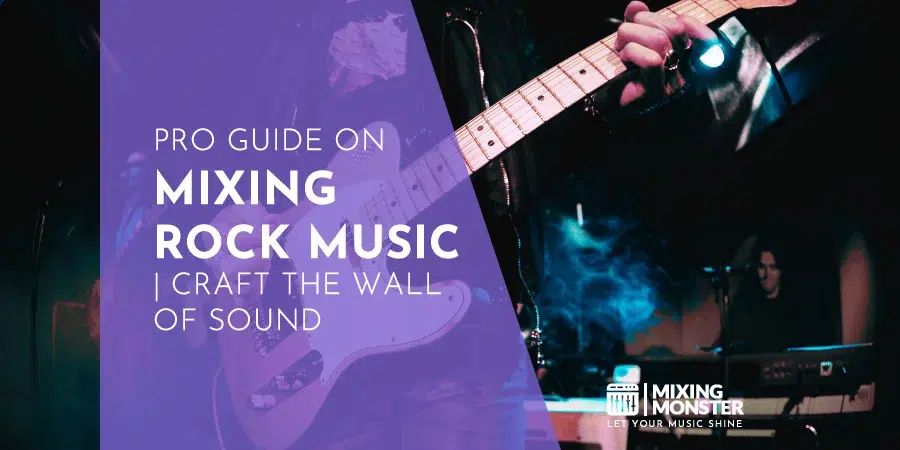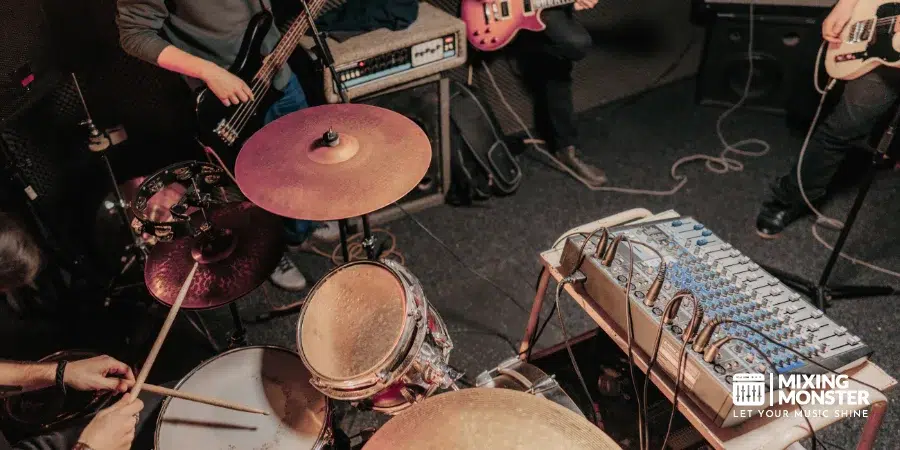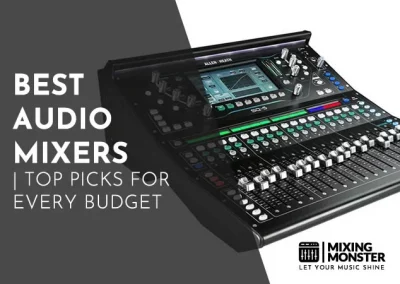Home > Blog > Mixing > Mixing Genres
Disclosure: Some of the links below are affiliate links, meaning that at no additional cost to you, we will receive a commission if you click through and make a purchase. Read our full affiliate disclosure here.
Ready to rock your mixing skills? Let’s dive into mixing rock music and see how you can create tracks that really capture the electrifying energy of this genre.
Mixing rock music means balancing and enhancing instruments and vocals to create a sound that feels cohesive and impactful—basically, the heart of rock. Rock mixing usually aims for a bold, energetic vibe.
You’ll need a sharp ear, some technical chops, and a willingness to make creative choices along the way. Think punchy drums, driving guitars, and vocals that cut right through.
Engineers love tricks like parallel compression, EQ sculpting, and spatial effects to keep every element clear and defined, while still letting the raw energy shine.
KEY TAKEAWAYS:
- Balance and enhance instruments to create a cohesive, impactful rock sound
- Use techniques like parallel compression and EQ sculpting for clarity and energy
- Avoid common mixing mistakes to achieve professional-quality rock productions
Table Of Contents
1. The Fundamentals Of Mixing Rock Music
2. Pro Techniques For Mixing Rock Tracks
3. Pro Rock Mixing Tips
4. Common Mixing Mistakes To Avoid In Rock Music
5. Advanced Mixing Tips For Rock Enthusiasts
6. Step-By-Step Guide To Mixing A Rock Song
7. Key Takeaways For Mixing Rock Music
FAQ

1. The Fundamentals Of Mixing Rock Music
Mixing rock music takes a fundamental understanding of what makes the genre tick sonically, plus some technical know-how. A great rock mix balances power, clarity, and energy, but still keeps the emotion of the performance intact.
Understanding The Rock Sound Signature
Rock tends to have a beefy low end, punchy mids, and crisp highs. Drums and bass lay down the foundation. Guitars drive the track, and vocals have to cut through everything else.
Key elements of the rock sound signature include:
- Tight, punchy drums
- Solid, defined bass
- Aggressive, distorted guitars
- Clear, prominent vocals
Mixing rock generally starts with locking in the kick and snare, then compressing the bass. This gives you a strong rhythmic backbone to build on.
Compression, EQ, and saturation are your go-to tools for shaping that signature rock sound. They help you dial in intensity and excitement without losing the vibe.
Essential Equipment For Rock Mixing
Your digital audio workstation (DAW) is the hub of everything. Pro Tools, Logic Pro, and Ableton Live are all solid choices, each with its own perks for rock.
Essential plugins for rock mixing include:
- Compressors (for taming dynamics)
- EQs (for shaping tone)
- Reverbs (for creating space)
- Saturators (for adding warmth and grit)
Good studio monitors and some acoustic treatment make a massive difference for accurate monitoring. A lot of mixers check their work on several sets of speakers.
Grab a handful of reference tracks, too. Compare your mix with tracks in a similar style so you’re not flying blind.

Setting Up Your Mixing Environment
Your mixing environment matters—a lot. Acoustic treatment helps kill off weird reflections and standing waves, so what you hear is actually what’s there.
Key elements of a mixing room include:
- Bass traps in corners
- Absorption panels on walls
- Diffusers for balanced reflections
Speaker placement can make or break your mix. Set your monitors at ear level and form an equilateral triangle with your head. That’ll give you the best stereo image and frequency balance.
Lighting isn’t just an afterthought. Soft, indirect lighting helps with eye strain. Some folks put a bias light behind the monitor to ease contrast and fatigue—worth trying if you’re mixing for hours.
The Importance Of Reference Tracks
Reference tracks keep you honest. They’re benchmarks for balance, dynamics, and overall sound quality. Pick ones that match your genre and instrumentation for the best results.
When using reference tracks:
- Match levels between your mix and the reference
- Compare specific elements (e.g., kick drum, vocal presence)
- Check your mix on multiple playback systems
Professional rock mixes typically adhere to specific standards and guidelines. Referencing helps you hit those marks while still letting your own style come through.
Focus on the low-end, mid clarity, and top-end air in your references. Those areas really make or break a rock mix, so keep a close ear on them when EQing and compressing.
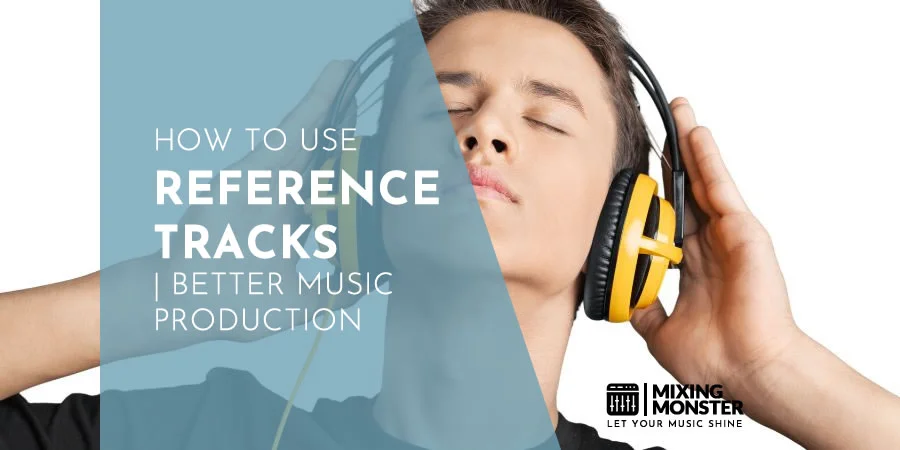
2. Pro Techniques For Mixing Rock Tracks
Mastering rock mixing involves understanding the techniques that produce a powerful, balanced sound. The pros employ some tried-and-true strategies to ensure every instrument shines without losing sight of the big picture.
Balancing Instruments In A Rock Mix
Balance is everything in rock. Start by setting your drum and bass levels, since they’re the backbone. Bring in guitars so they fit with the rhythm section, but don’t let them squash the vocals.
Try volume automation to make certain parts pop at just the right moment. Keep an ear on how lead and rhythm guitars interact—balance them for depth, not just volume.
Bass needs to be present, but not stepping on other low-end elements. Parallel compression helps drums punch through thick guitar layers.
EQ Strategies For Rock Instruments
Intelligent EQ is crucial for clarity in rock. For guitars, cut around 300-500 Hz to keep things from getting muddy, and boost 2-4 kHz for bite. On bass, a little boost at 80-100 Hz adds heft, but cutting 200-300 Hz can clear out the mud.
Drums need some love, too. Boost the kick at 60-80 Hz for weight, and 4-5 kHz for attack. Snare often needs a bump at 200 Hz for body and 3-5 kHz for snap. High-pass the overheads to clear out unnecessary lows.
Vocals usually sound better with a cut between 200-500 Hz and a boost at 3-5 kHz. Always EQ in context—soloing is tempting, but it can trick your ears.

Compression Techniques For Punchy Rock Sounds
Compression really brings out that punchy, up-front rock feel. For drums, go with a fast attack and release on the kick for consistency. Parallel compression on the drum bus adds power but keeps the transients alive.
Bass guitar likes moderate compression with a slower attack, so you don’t lose note definition. Light compression on guitars helps smooth out the sound and adds a bit of sustain.
Vocals in rock often need heavier compression. Try a fast attack, medium release, and adjust the threshold until it feels steady.
Sometimes stacking two compressors in series gives a more natural result—worth experimenting with.
Using Reverb And Delay In Rock Mixes
Reverb and delay can add depth, but use them with moderation. Short room reverbs on drums and guitars create space without muddying things up.
Vocals benefit from a short plate reverb or slap delay—adds depth while keeping them up front. Pre-delay on reverbs can help keep things clear and separated.
Delays work great on lead guitars and vocals. Play around with delay times synced to your song’s tempo. Tap delays or multi-tap delays can add rhythmic interest that fits the groove.

3. Pro Rock Mixing Tips
Getting rock mixes to sound pro takes real attention to detail. Here are some tips for creating space, dialing in guitar tones, mixing vocals, and making drum mixes clear.
Creating Space In Dense Rock Arrangements
Rock mixes can get crowded fast. EQ carving helps each instrument find its own spot. High-pass filters on guitars and vocals clear out low-end mud, leaving space for the bass and kick drum.
Stereo placement matters. Pan rhythm guitars wide and save the center for vocals and leads. If you want extra depth, try subtle stereo widening on background vocals or synths, but don’t overdo it.
Automation is your friend. Move elements up or down in volume to highlight solos or harmonies when they matter most. It’s tedious, but the payoff is enormous.
Enhancing Guitar Tones In The Mix
Guitar tones are the soul of rock. Double-track rhythm guitars and pan them hard left and right for width. Heavier genres? Quad-tracking can make guitars sound massive.
For clarity, cut the range of 300-500 Hz and boost the range of 2-4 kHz. If you want more sparkle, a high shelf boost above 8 kHz does the trick.
Compression helps keep things tight and adds sustain. Ratios of 4:1 or 6:1 usually work. If you want more punch, try parallel compression—don’t crush the life out of it.
Saturation plugins can add that tube warmth and extra harmonics. Sometimes, that’s the secret sauce for guitars.
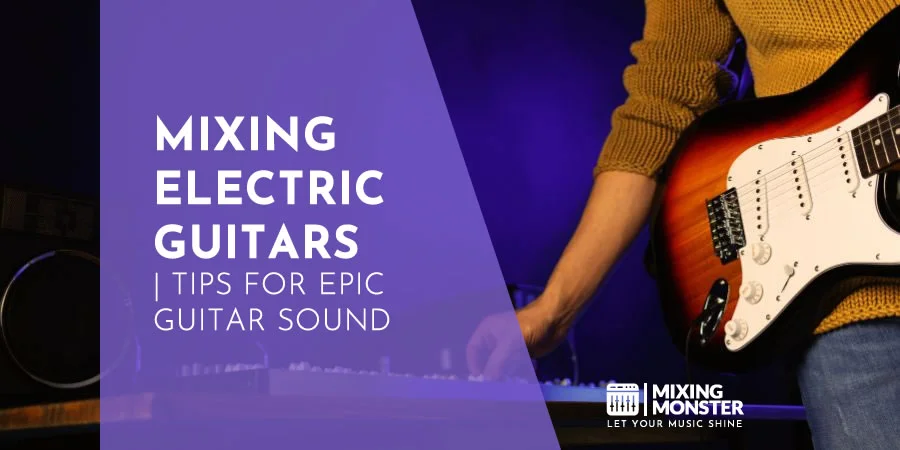
Mixing Vocals For Rock Genres
Rock vocals need to be clear and powerful. Start with solid gain staging for consistent levels. Apply a high-pass filter around 80-100 Hz to eliminate the rumble.
Compress vocals to even out the performance. A 4:1 ratio with medium attack and release is a good starting point. For more aggressive vocals, stack two compressors—one gentle, one for peaks.
Boost 3-5 kHz for presence, and 10-12 kHz for air. If things get muddy, cut around 200-300 Hz with a narrow band.
Short, subtle delays (15-30ms) panned left and right can make vocals wider without obvious echoes. Longer delays and reverb can be automated for choruses or outros.
Achieving Clarity In Drum Mixes
Drum clarity is non-negotiable in rock. The kick drum often needs a boost at 60-80 Hz for weight and 4-5 kHz for attack. Compress it using a medium attack and quick release to keep it punchy.
Snare likes a boost at 200-250 Hz for body and 3-5 kHz for crack. A short plate reverb adds depth without getting messy.
Overheads capture the overall kit vibe. High-pass around 300 Hz, and give a gentle high shelf boost above 10 kHz for some air. Light compression helps glue the kit together.
Bus compression on the drum kit can add cohesion. Start at 2:1 and tweak until it feels right. Parallel compression is excellent for adding power and sustain to the whole kit.
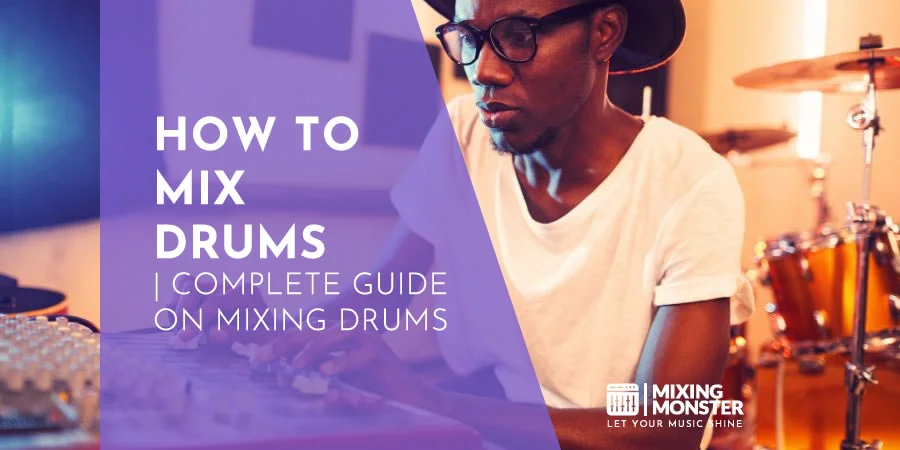
4. Common Mixing Mistakes To Avoid In Rock Music
Mixing rock music takes a sharp ear and a real feel for the genre’s sound. There are a few classic traps that can really mess up a rock mix if you’re not careful.
Overcompression: The Silent Mix Killer
Overcompression sneaks up on a lot of rock mixes and squashes the life out of them. It happens when you lean too hard on compressors, smashing down all those nice peaks and valleys in the audio’s dynamics.
The result? A mix that feels flat, even a little exhausting to listen to. Instead, engineers should shoot for controlled dynamics while letting the music’s natural energy breathe.
Apply gentle compression to single tracks and use some bus compression on groups to add glue. Keep an eye on your transients—especially with drums and percussion—because that’s where rock gets its punch.
Neglecting The Mid-Range Frequencies
The mid-range is the heart of rock music, but folks ignore it way too often. This area, somewhere between 250 Hz and 2 kHz, carries so much of the energy and personality of rock instruments.
If you skip over the mid-range, your mix can end up sounding muddy or bland. Guitars, vocals, and the snare drum really shine with some extra attention here.
EQ can help—cut out the junk, boost what works, and try to let each sound have its own little pocket. The trick is to carve out space without making everything fight for the spotlight.

Ignoring Stereo Width And Depth
Some rock mixes just sound flat, like everything’s crammed in the middle. Using stereo width and depth can seriously wake up a track.
Want some ideas?
- Pan guitars hard left and right—it’s a classic move.
- Throw some stereo effects on vocals or leads.
- Try subtle delays to open up the space.
For depth, think about:
- Balancing dry and wet signals (don’t drown everything in reverb, though).
- Using reverb to push instruments back in the mix.
- Fine-tuning volume for a sense of front-to-back space.
Failing To Consider Different Playback Systems
Rock mixes should hold up whether someone’s blasting them in a car or on cheap earbuds. If you never check your mix on different systems, you’re just asking for trouble.
Here’s what helps:
- Reference tracks are your friend—compare often.
- Listen on a bunch of speakers, not just your studio monitors.
- Change up your volume; don’t always mix loud.
- Try out consumer headphones and even phone speakers.
And don’t forget mono! Some systems still use it, so flip back and forth while you work. It’ll help you catch phase issues and make sure your mix actually translates.

5. Advanced Mixing Tips For Rock Enthusiasts
Once you’ve mastered the basics, advanced mixing techniques can really elevate your rock tracks. These tricks add power, warmth, tightness, and all those dynamic touches that make a mix pop.
Parallel Processing For Powerful Rock Mixes
Parallel processing is a total game-changer. You duplicate a track and treat the copy differently—simple, but super effective.
With drums, set up a parallel compression bus. Route your drums there, compress them, and then blend that with the dry drums to add punch and aggression, while keeping the transients sharp.
Guitars? Try parallel distortion. Copy the track, distort the duplicate, then sneak it in under the clean signal. It adds grit and sustain without wrecking the original tone.
For vocals, parallel saturation works wonders. Send them to an aux, add tape or tube saturation, and blend until you hear that extra warmth and character, but don’t lose the clarity.
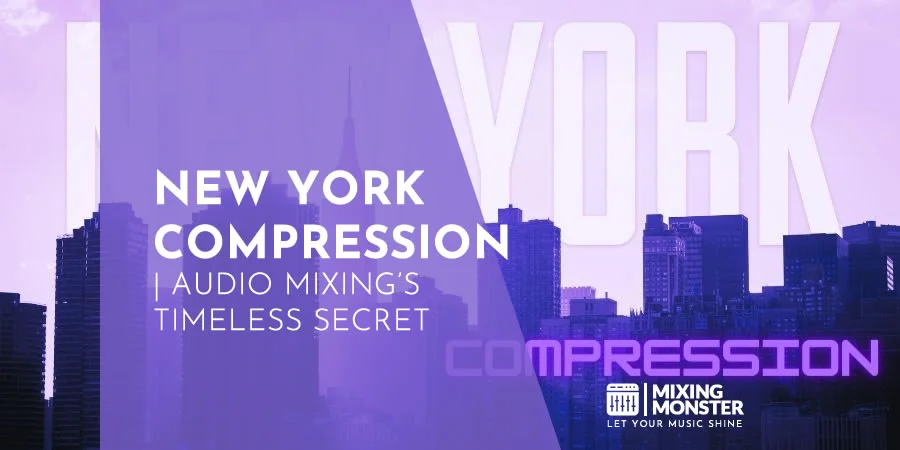
Using Saturation To Add Warmth And Character
Saturation is your secret weapon for thick, warm rock mixes. Use it lightly on tracks or buses—you don’t need much.
Try tape saturation on the bass for more harmonics and fullness. It’ll help the bass poke through without making the low end muddy.
Tube saturation on snare drums brings out the attack and body. Just tweak the drive until it sits right.
Guitars love all sorts of saturation. Mess around with different plugins and see what fits each part best.
On the master bus, go easy. A touch of analog-style warmth can tie everything together, but too much will smear the mix.
Sidechain Compression For Tight Mixes
Sidechain compression is essential for keeping things tight in busy rock tracks. It lets different sounds work together instead of fighting each other.
Try sidechaining the bass to the kick drum. Fast attack and release, set the threshold for just a bit of ducking. Suddenly, your low end feels locked in.
Rhythm guitars can sidechain off the snare, creating space for it to stand out without compromising the guitar’s energy.
Sidechain your reverb and delay sends to the dry signal. That way, effects don’t wash everything out, especially when the arrangement gets dense.
Automation Techniques For Dynamic Rock Tracks
Automation is where the mix starts to feel alive. You can shape the song’s energy, section by section.
Automate volumes to build up to choruses or drop for verses. Bump up guitars in big moments for extra punch. Use filter sweeps on synths or guitars for movement. It’s a minor detail, but it catches the eye.
Push effects sends at certain times—like more reverb on snare just before a transition, or a little extra delay on vocals for a dramatic phrase.
And don’t forget pan automation. Widen guitar doubles in the chorus to make the whole track explode outward.
6. Step-By-Step Guide To Mixing A Rock Song
Mixing a rock song is all about attention to detail and having a plan. Here’s a rough roadmap for getting a pro mix.
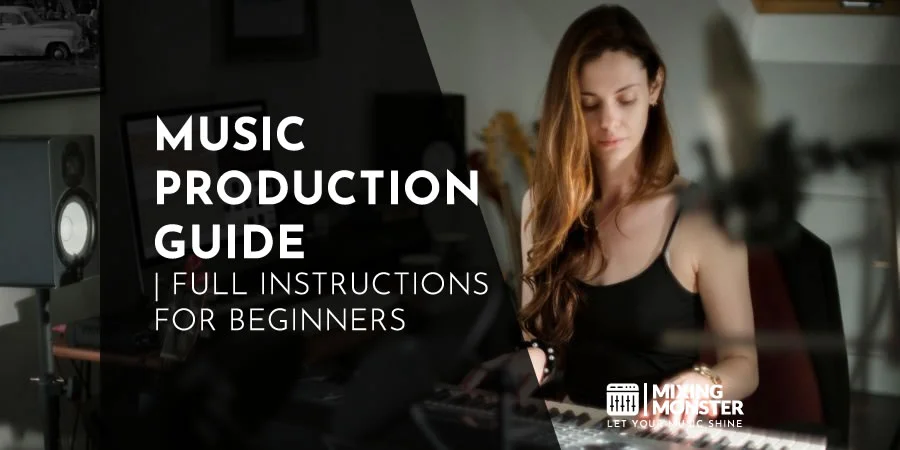
Preparing Your Session And Organizing Tracks
Start by prepping your session. Color-code tracks by instrument, and group drums, guitars, vocals—whatever makes sense for your workflow.
Set up a template with basic routing and effects. It can save a ton of time and keep things consistent.
Clean up each track—get rid of noise, trim the dead space, and add fades so nothing clicks or pops.
Set up parallel processing for drums and vocals while you’re at it. That way, you’re ready to add extra punch or depth later.
Once you’ve done all that, pull up a rough balance so you can get a feel for the whole track before diving in.
Setting Initial Levels And Panning
I usually start with the kick and snare—they’re the backbone. Bring up the rest of the drums around those.
After that, pull in the bass and get it sitting right with the kick for a solid low end. Add guitars and other melodic stuff, making sure they fit with the rhythm section.
Pan things for width—keep the bass and kick centered, but push the guitars, keys, and backing vocals out to the sides.
Don’t be afraid to use volume automation, even early on, to keep essential parts front and center and create contrast between sections.
Applying EQ And Compression
EQ is your primary tool for making space. Start by cutting out problem frequencies, then boost what you like.
For drums, a little boost around 100 Hz on the kick helps, and you can carve out space in the bass guitar so they don’t clash. Snare usually likes some presence around 3-5 kHz.
High-pass guitars to clean up the lows, and give them some midrange boost so they don’t get buried. Compression keeps things in check and adds vibe. On the drum bus, go gently to glue everything together.
Vocals may require multiband compression to tame harshness, and parallel compression on drums and vocals can add energy without compromising dynamics.

Adding Effects And Finalizing The Mix
Reverb and delay create space, but don’t overdo it. Shorter reverbs work for fast songs; longer ones for ballads or big moments.
Try a little room reverb on the drum bus for glue. Give vocals and leads longer reverb to help them stand out.
Throw in some chorus or flanger on guitars for width. Use automation to bring effects in and out so things don’t get stale.
Automate volume and effects to keep the arrangement interesting and highlight key parts.
Ultimately, consider using a bit of master bus processing (such as Ozone) for added polish. Just don’t crush the mix with too much compression—leave some life in it.

7. Key Takeaways For Mixing Rock Music
Mixing rock is all about the details and knowing what makes the genre tick. Sometimes it’s worth bringing in pros who really get rock, because there are some unwritten rules to making it sound right.
Getting the balance right is huge. Guitars usually want to be front and center, but you can’t let them bulldoze the rest of the band.
Drums are the backbone. If they aren’t punchy and powerful, the whole track feels limp. That’s where intelligent EQ and compression come in.
Some tips to keep in mind:
- Blend instruments so nothing feels tacked on or lost
- Dial in guitar and drum tones—they’re the stars
- Use EQ to give each part its own space
- Don’t get heavy-handed with compression
- Make the chorus pop—that’s what people remember
- Think about the energy and tweak levels as you go
- Play with effects for depth and personality
The right gear helps a ton. A good DAW and honest studio monitors are essential if you want professional results.
Mixing is half science, half art. Technical chops matter, but sometimes you have to trust your gut—and your ears—to make choices that fit the song.
Happy rock mixing!

FAQ
1) What are the most effective techniques for blending rock guitar and drums?
If you want to mix rock guitar and drums well, start by focusing on frequency balance and separation. Grab an EQ and carve out space for each instrument so they don’t overlap or interfere with each other.
Try sidechain compression on the guitars, triggered by the kick drum—it can open up some room for the drums to breathe. It’s not magic, but it helps more than folks admit.
Watch how the kick drum and bass guitar interact. Those two need to lock in together, or the whole mix can feel wobbly.
2) How can I achieve a balanced sound when mixing multiple rock instruments?
Getting a balanced rock mix? It all starts with careful leveling and planning. I usually build from the drums and bass—those are the backbone—then bring in the other instruments piece by piece.
Volume automation is your friend here. It can help different elements sit together better as the song moves along. Sometimes things need a little nudge up or down to fit right.
Don’t sleep on parallel processing either. Blending processed and dry signals can add depth, and you get to keep the original vibe while enhancing specific details. It’s a balancing act, but worth the effort.
3) Can you provide tips for producing high-quality rock music in a home studio?
For home studio rock production, it’s smart to invest in decent microphones and preamps. Don’t underestimate the impact of proper microphone placement—sometimes moving a microphone an inch can change everything.
Play around with your room’s acoustics until you find the sweet spots for recording. It might take a while, but you’ll know it when you hear it.
Add acoustic treatment to refine your listening environment. That way, your mixing decisions have a fighting chance of translating outside your space.
4) What is the role of compression in mixing rock music tracks?
Compression plays a massive role in shaping the dynamics and energy in rock. I use it to control transients, add extra sustain to guitars, and glue everything together a bit more.
On drums, compression brings out the punch and makes things feel tighter. But you’ve gotta be careful—not too much, or you’ll squash the life out of your tracks.
I like to use bus compression to add cohesion to groups of instruments, or even the whole mix if I’m feeling bold. Still, it’s easy to overdo it, so I err on the side of caution.
5) How do differences in rock sub-genres influence the mixing process?
Mixing approaches really shift depending on the rock sub-genre. Heavy metal typically features distorted guitars and aggressive drums up front. Indie rock? That’s more about space and openness, usually with a lighter touch.
Think about the era and style when you’re picking effects and processing. Vintage-style rock often sounds great with tape emulation or analog-modeled plugins. Modern rock might lean into cleaner, more precise digital tools. It depends on what you’re aiming for, to be honest.
6) What are the common pitfalls to avoid when mixing the sound of rock bands?
One mistake I frequently see is over-processing. Piling on effects or cranking up the EQ can suck the life out of a track.
It’s better to keep things subtle—aim for tweaks that keep the band’s raw energy intact. You want the performance to shine through, not get buried under a mountain of plugins.
There’s also the trap of ignoring automation. Dynamic shifts in a song? Essential for keeping things lively.
Try riding the volume and playing with effects as the track unfolds. That way, you can spotlight the moments that really matter and keep listeners hooked.

